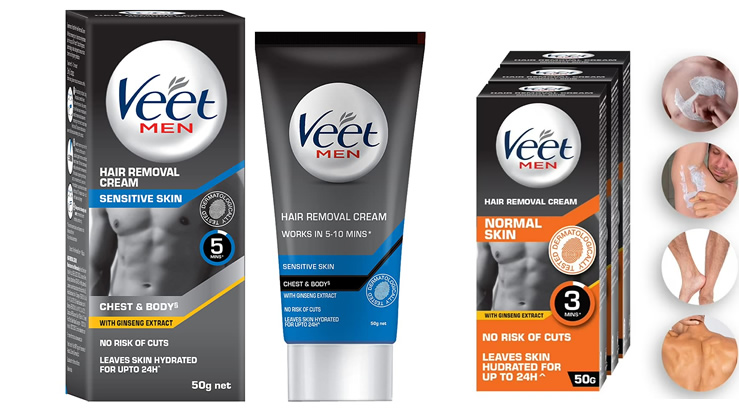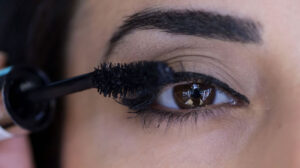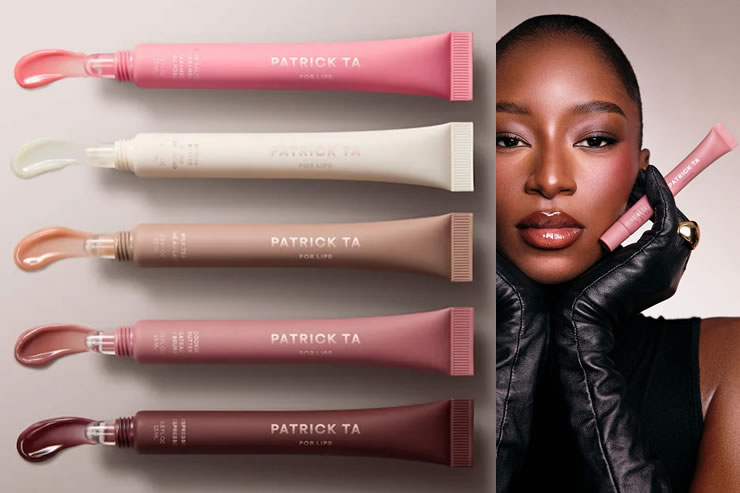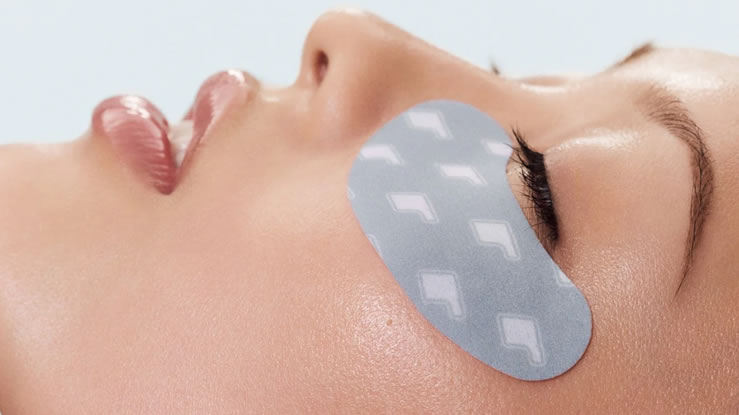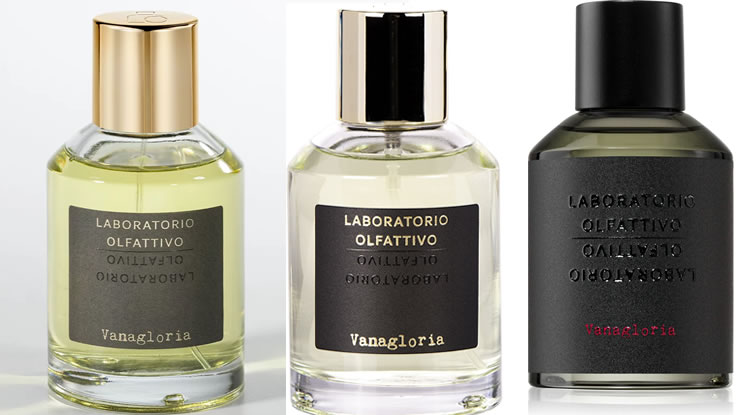Hair removal is a regular part of grooming for many people, and over the years, different methods have been introduced to make the process easier, faster, and more effective. One of the most widely used products in the market is Veet—a popular brand of depilatory cream. Veet is known for its convenience, pain-free application, and affordability. It works by chemically dissolving hair at the skin’s surface, allowing users to simply wipe the hair away. While many people choose Veet for these benefits, it’s important to also look at the other side of the coin. There are several disadvantages of Veet that users may experience, particularly when the product is not used properly or when it doesn’t suit one’s skin type.
From irritation and allergic reactions to cost and environmental impact, understanding these potential drawbacks can help you decide whether Veet is right for you.
How Veet Works on Hair
Veet products contain strong chemicals, such as potassium thioglycolate and calcium hydroxide. These ingredients break down the keratin structure in hair, making it weak and easy to remove. After applying the cream and waiting for a few minutes, the hair can be wiped away, leaving the skin feeling smooth. While this method is less painful than waxing and can last longer than shaving, the use of strong chemicals means that side effects are possible—especially on sensitive areas like the bikini line or underarms.
Skin Sensitivity and Reactions
One of the most significant disadvantages of Veet is its potential to cause skin sensitivity. Because it uses strong active ingredients, some users may experience reactions such as redness, itching, or even burning. For people with sensitive skin, these reactions can be more severe, sometimes leading to chemical burns or prolonged irritation.
Veet does offer a “sensitive skin” version of its products, but even that may not be suitable for everyone. The skin in certain areas—like the bikini line, face, and underarms—is especially delicate and more likely to respond negatively to chemical exposure. Using Veet on broken or freshly shaved skin can also increase the chances of irritation.
Read Also>>>Is Veet hair removal better than shaving for private parts?
Risk of Allergic Reactions
Another concern among the disadvantages of Veet is the risk of allergic reactions. Though not everyone is allergic to the chemicals in Veet, those who are may experience symptoms like swelling, hives, rashes, or even blistering. Allergic reactions may not happen immediately; sometimes, they can develop over time after repeated use.
That’s why patch testing is strongly recommended before using the product on a larger area. However, many users skip this step and end up with unwanted reactions that can be painful or take days to heal. Allergy risk also makes Veet less ideal for emergency or last-minute hair removal.
Strong Chemical Smell
Most depilatory creams, including Veet, have a noticeable chemical odor. Although Veet has tried to add fragrances to make the scent more pleasant, the underlying sulfur smell can still be overpowering. For many users, this unpleasant odor is one of the more immediate disadvantages of Veet and can linger on the skin even after rinsing.
This can be uncomfortable if you’re planning to go out shortly after using the product, or if you’re sensitive to strong scents. While the smell does fade over time, it remains one of the top complaints among users.
Not Always Effective on Thick or Coarse Hair
Veet tends to work best on fine to medium hair. If you have thick or coarse hair, the cream may not fully dissolve all the strands, leaving behind stubble or patches. In such cases, users often end up having to shave the area afterward, defeating the purpose of using Veet in the first place.
This inconsistent performance is another one of the disadvantages of Veet, especially for people who expect a smooth, even finish. It may require multiple applications or a combination of methods, which can be time-consuming and irritating to the skin.
Short-Term Results
Compared to shaving, Veet may offer slightly longer-lasting results, but it still does not compare to methods like waxing or laser hair removal. Hair typically starts to grow back within a few days to a week, depending on your hair growth cycle.
Since it does not remove hair from the root, regrowth is relatively fast. For those looking for longer-lasting results, this short duration can be a downside. This is one of the disadvantages of Veet when compared to more permanent or semi-permanent methods of hair removal.
Risk of Skin Discoloration
Frequent use of chemical-based hair removal products like Veet can cause skin discoloration over time. This is especially common in sensitive areas or for individuals with darker skin tones, where inflammation can result in hyperpigmentation.
Skin discoloration can take a long time to fade and may affect self-confidence, particularly when it appears on visible areas like the underarms or arms. While it doesn’t happen to everyone, the potential for post-inflammatory hyperpigmentation remains one of the more serious disadvantages of Veet.
Cost Over Time
At first glance, Veet is relatively affordable. However, regular use can become costly over time. One tube of Veet may only last a few uses, depending on how large the area being treated is. When used weekly or bi-weekly, the costs can add up quickly, especially compared to shaving, which only requires the occasional replacement of razors and shaving cream.
For people on a budget or looking for a more long-term solution, this ongoing expense may be considered one of the disadvantages of Veet. Investing in waxing kits or an epilator might offer better value in the long run.
Not Ideal for All Body Areas
While Veet produces various formulas intended for different body parts, not all areas respond equally well to the product. Using Veet on sensitive regions like the face or bikini area carries a higher risk of irritation, burns, or uneven results.
Misapplication or using the wrong product for a specific area can lead to serious skin damage. Even the sensitive formulas may not completely eliminate this risk, making it one of the key disadvantages of Veet for those who want an all-in-one solution.
Requires Careful Application and Timing
Using Veet involves a bit more care and time than simply picking up a razor. You must read and follow the instructions precisely to avoid leaving the cream on too long or removing it too early. Too short a time may result in incomplete hair removal, while too long can lead to chemical burns.
This exact timing makes it inconvenient for people looking for a quick hair removal solution. In this sense, the careful monitoring required during application becomes another one of the often-overlooked disadvantages of Veet.
Environmental Concerns
Veet products are packaged in plastic tubes and often come with additional accessories like spatulas or wipes. The cream itself contains non-biodegradable chemicals, which may have environmental implications when washed off into the water system.
For eco-conscious consumers, this environmental footprint is an ethical concern. The manufacturing, packaging, and disposal of Veet products are not the most sustainable, adding yet another layer to the disadvantages of Veet for users mindful of their environmental impact.
Not a Permanent Solution
Lastly, Veet offers no long-term solution to hair growth. Unlike laser hair removal, which can slow or even stop hair growth over time, Veet simply removes hair at the surface. This means you’ll have to use it regularly to maintain smooth skin.
For anyone looking to minimize their grooming routine over time, this is a major disadvantage. The repetitive nature of chemical depilation—without any cumulative benefits—makes this a less attractive option for the long term.
Veet is a convenient and widely-used method of hair removal, appreciated for being painless and easy to use. However, it’s important to be aware of the disadvantages of Veet before deciding whether it’s the right product for you. From skin irritation and allergic reactions to short-lived results and environmental concerns, these drawbacks highlight why Veet may not be ideal for everyone.
Understanding these risks allows you to weigh your options carefully. If you have sensitive skin, thick hair, or are looking for a more permanent solution, you may want to consider alternatives like waxing, sugaring, or laser treatments.
In the end, hair removal is a personal choice, and what works well for one person may not work for another. Taking the time to understand the disadvantages of Veet can help you make smarter decisions for your grooming routine.

